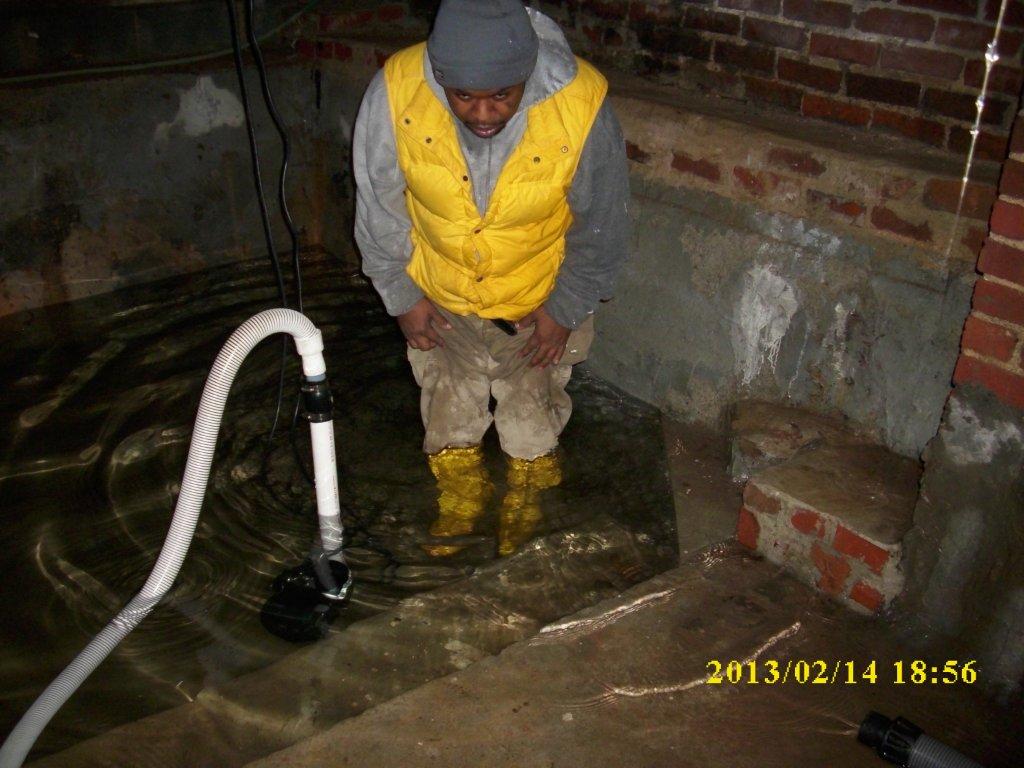TYPES OF FIRES
Fire requires a fuel source and oxygen. If combustion is incomplete, smoke and smoke residue are the results. The type of fuel source will determine what type smoke residue remains behind. When natural materials burn such as wood and paper the soot residue tends to be fairly dry, light and is easily removed. However, with heavy residue, some staining can remain. When plastics or synthetics burn (wire insulation, PVC pipe, etc.) hydrochloric acid is formed and can be particularly damaging to metals (think door knobs, hinges, faucets, etc.). It’s a good idea to neutralize this corrosive action by wiping things down with an alkaline balanced cleaner.
Each of the above source materials can be affected by whether there is plenty of oxygen or a lack of. And it is almost always the case that you will have a combination of materials burned so a knowledgeable and professional approach is necessary. The primary objective of getting rid of smoke is not just the smoke residue but the odor that accompanies the residue. Remember though, staining can remain even after all residue has been removed. Painting may be required.
Electrical fires can be truly devastating as the source may be within your walls and not visible until wires are burned, inside studs are burned, sheetrock is burned and BAM – you see fire. Because the combustion has affected both natural materials as well as plastics and synthetics, the result can be two-fold with corrosive action as well as smoke residue.
Fuel oil furnaces can also be a source of soot residue although these type heating systems are slowly being updated with more modern HVAC systems as they age out. This type of smoke or soot residue is old soot not driven by heat but can be distributed throughout the home simply by way of the system itself. This usually occurs when there is a crack in the heat exchanger and too much oxygen enters into the fuel/air mix. Areas around the windows and particularly draperies can be heavily affected.
Candle soot can also be a large source of smoke and soot residue. All that romance, all that soot, all that discoloration on the walls and ceilings. Candle soot is very fine with uniform particles and tends to accumulate where the air is stagnant but will respond to small air disturbances.
A protein fire can produce the worst kind of smoke, soot residue and odor. Imagine a typical beef stew simmering away all day and you fall asleep watching the ballgame. All the moisture cooks out of the pot and when you finally wake up to a putrid odor, you find that all that’s left of that hunk of meat is a small charred, carbonized stinky thing that looks like a piece of charcoal. The smoke residue is usually invisible or light in color so there’s no contrast to see if you have removed it from a wall or other surface. The only way to tell if you’re doing your job is if the odor improves as the job progresses. It can be challenging but very rewarding when you finally accomplish your goal.
Whew, that’s enough for this week. Thanks to all of you who are following our blog and think we have something interesting to say. We just want to inform and educate our friends – knowledge is power. The more power we have as consumers, the less likely we are to be taken advantage of by the big bad guys.


